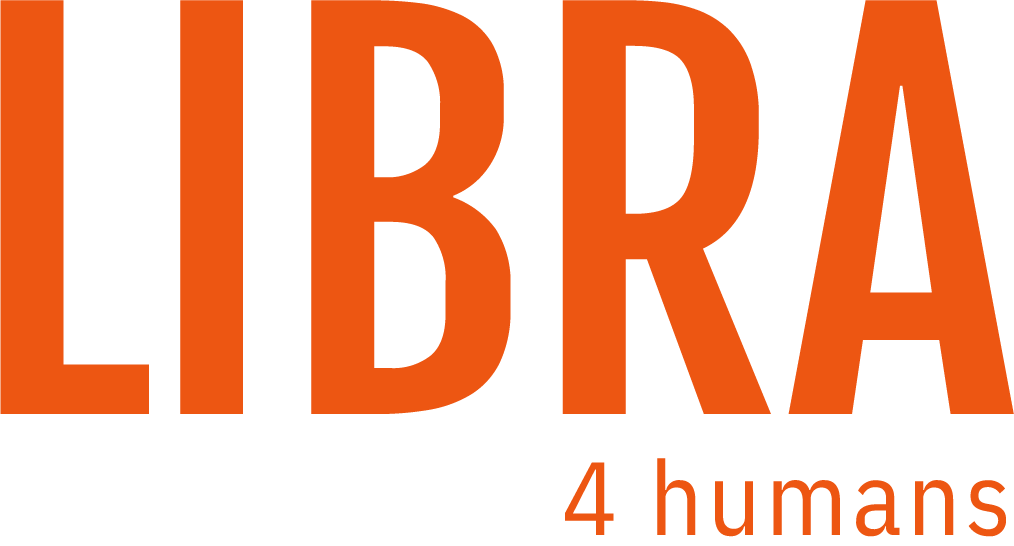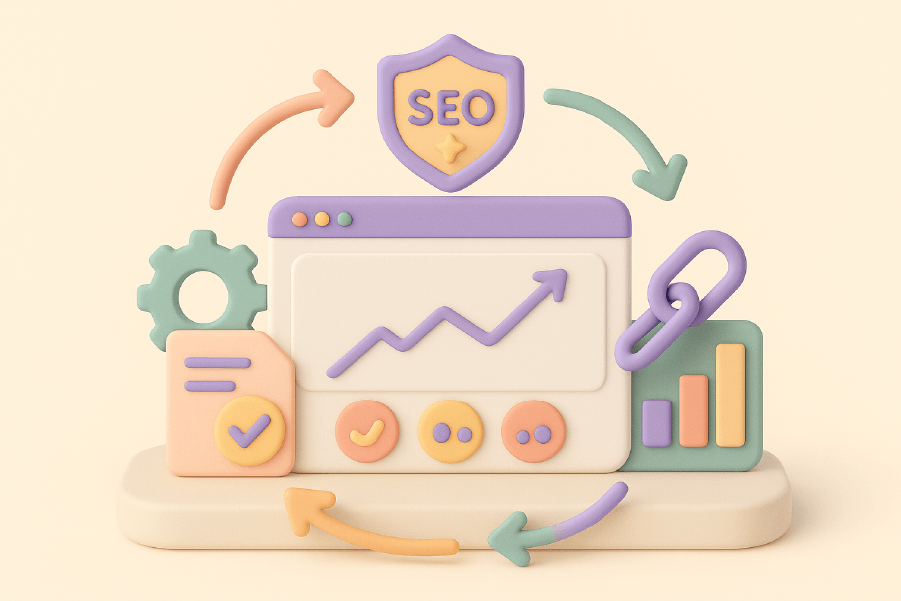Want to convert more visitors into leads? Generating leads effectively starts with a capture form. It’s a tool used to collect user information in exchange for something valuable. This article will provide you with ten best practices to design effective capture forms that boost your conversions.
What is a capture form and why it matters

A lead capture form prompts visitors to provide their information in exchange for valuable content or offers. The primary goal is to acquire leads and encourage visitors to submit their contact information, thereby entering your sales funnel. But why is this important?
Lead capture forms are indispensable for effective lead generation. They significantly increase the chances of converting visitors into qualified leads by gathering essential contact details for follow-up. By offering valuable content, such as free ebooks, webinars, or discount codes, you incentivize visitors to share their information, fostering trust and engagement. This not only enhances the likelihood of generating high-quality leads but also makes visitors feel more connected to your brand as they receive relevant content addressing their needs to generate leads through lead capture pages. Additionally, a lead generation landing page serves as a crucial tool for marketers, capturing potential customers’ interest and enhancing user experience through optimized features like auto-filling form fields and multi-step forms.
In essence, a well-crafted lead capture form is not just about collecting data; it’s about creating a seamless and engaging experience that encourages visitors to take the next step in their customer journey. This foundational understanding sets the stage for exploring the various types of capture forms and their effective design.
Common types of capture forms

Lead generation forms come in various shapes and sizes, each serving a unique purpose in capturing user information and converting visitors into potential customers. The most common types include:
- Contact forms
- Registration forms
- Newsletter sign-up forms
- Event registration forms
- Donation forms
- A lead generation form
A well-designed lead generation landing page is crucial for capturing potential customer interest. It should include optimized elements like auto-fill forms, multi-step forms, and aesthetic design to enhance user experience and increase conversion rates.
Each type is tailored to meet specific business needs and user intents.
Multi-step forms offer a strategic advantage by breaking down the data collection process into manageable stages. This method enhances user experience and leads to higher completion rates, as visitors are less likely to feel overwhelmed by a lengthy form. By guiding users through a series of smaller steps, you can maintain their interest and encourage them to complete the form.
Choosing the appropriate type of data capture form for your business is crucial for maximizing conversions. A well-selected form ensures a seamless and engaging user experience, ultimately boosting your conversion rates. Whether collecting basic contact information or detailed registration data, the right form can make all the difference in capturing quality leads.
Designing user-friendly capture forms
Design plays a pivotal role in influencing a visitor’s decision to share their information and generate more leads. A well-designed lead capture form clearly presents the benefits users will receive, significantly boosting conversion rates. Simplicity is key—single-column forms enhance clarity and reduce completion time. Reducing the number of fields minimizes friction and encourages more users to complete the form.
Order fields from simple to complex to enhance user experience. This leverages the user’s sense of commitment, encouraging form completion. Clearly indicating optional versus required fields helps users prioritize essential information and speeds up the process.
Visual consistency and readability are vital. Clear, easy-to-read fonts contribute to a professional appearance and better user experience. A cohesive color scheme matching your brand identity enhances user trust and engagement. Inline validation helps users correct errors immediately, improving satisfaction and reducing frustration. Together, these elements create an engaging and user-friendly lead capture form.
Crafting compelling copy for capture forms

The power of words cannot be underestimated when it comes to lead capture forms. A compelling headline is concise and immediately conveys the offer’s value. It should grab attention, empathize with the user’s pain points, and deliver clear benefits. Subheadings support the headline by expanding on the value proposition and enticing visitors to scroll further.
Effective copy highlights benefits over features, showing users how the offer can improve their lives. Persuasive elements, such as urgency or benefit statements, can make a call to action more compelling. Specific and engaging phrases in your call-to-action (CTA) can significantly boost user motivation.
The call-to-action button should stand out with a contrasting color and a clear description of what will happen when clicked. Click-through rates can indicate how well your CTA elements are performing. Including testimonials and social proof on your capture forms can enhance credibility and increase trust.
Addressing objections within your copy using features, benefits, or FAQs can further reassure users and encourage them to complete the form.
Best practices for form field selection
Choosing the right form fields is crucial for minimizing friction and maximizing conversion rates. Shorter forms generally lead to higher conversion rates, while longer forms typically result in lower conversion rates due to increased user drop-off. For instance, conversion rates are improved by limiting the number of fields in their lead capture form.
Progressive profiling allows businesses to gather more information from returning visitors without overwhelming them initially. This method involves asking for basic information upfront and progressively requesting more details in subsequent interactions.
Relevance is key. Lead capture forms should only contain fields that are relevant to the audience to prevent drop-offs. Starting with an email address is a common practice that can enhance user engagement.
Utilizing auto-fill capabilities reduces the number of inputs needed from prospects, thereby improving their experience and increasing completion rates. Testing different field selections and their impact on conversion rates is essential for optimizing lead capture forms.
Placement and visibility of capture forms

The placement and visibility of your lead capture form can significantly impact its effectiveness. Positioning forms above the fold on landing pages makes them immediately visible to website visitors, increasing the likelihood of engagement.
Integrating lead capture forms at multiple points within lengthy lead capture landing pages is another effective strategy. This approach increases the chances of capturing visitor information by providing multiple opportunities for engagement.
Using chatbots to present lead capture forms can facilitate seamless visitor interaction, making the process more engaging and less intrusive. Including a lead capture form at the bottom of an auto-scroll landing page provides a final opportunity to convert visitors after they have engaged with your content.
Ensuring security and compliance
Ensuring the security and compliance of your lead capture forms is paramount for maintaining user trust and protecting their data. Adhering to regulations like GDPR, CAN-SPAM, and CASL is crucial for protecting user data and maintaining trust. Including a privacy policy on forms reassures users about the safety of their personal information.
Transparency about how user data will be used is essential for compliance and user trust. Legitimate security measures, such as encryption and secure data storage, foster a sense of safety among users, increasing the likelihood they will provide their information.
Adding security features to lead capture forms can enhance user confidence and lead to higher conversion rates. Trust signals, like security badges and testimonials, can reinforce brand credibility.
Aligning capture forms with brand identity
Aligning capture forms with your brand identity ensures visual and tonal consistency, enhancing brand recognition. Visuals in capture forms add context to the offer and help visitors understand the product, thereby maintaining brand consistency.
Visitors typically receive promotional offers such as discount codes, free ebooks, webinars, or trials in exchange for their contact information. These offers reinforce brand identity by providing value to the website visitor and encouraging them to engage with your brand.
Using a chatbot for automated lead capture can enhance user trust, a crucial aspect of brand identity. Ensuring your capture forms reflect your brand’s visual and tonal elements creates a cohesive and trustworthy user experience.
Creating a Compelling Offer
A compelling offer is the cornerstone of a successful lead capture page. It should resonate with your target audience and align with their interests and needs. Whether it’s a free trial, a discount, or exclusive access to premium content, the offer must be valuable enough to entice visitors to share their contact details.
Clearly communicate the offer on your lead capture page, ensuring it stands out and is easy to understand. Use social proof, such as customer testimonials, to build trust and credibility. Highlighting how others have benefited from your offer can significantly boost its appeal.
Incorporate a sense of urgency to encourage immediate action. Phrases like “limited-time offer” or “only a few spots left” can create a fear of missing out (FOMO), prompting visitors to act quickly. Always test different offers to determine which one resonates best with your audience and drives the most conversions.
Using Popups for Lead Capture
Popups can be a powerful tool for capturing leads on your website when used strategically. They can promote discounts, new products, or exclusive content, providing an additional touchpoint to engage visitors.
However, it’s crucial to use popups sparingly and ensure they are relevant to the content on the page. An effective popup should have a clear and direct call-to-action (CTA) that guides visitors on what to do next. Testing different popup designs and CTAs can help identify the most effective combinations.
Consider adding a sense of urgency to your popups, such as a countdown timer for a limited-time offer. Ensure that your popups are mobile-friendly and accessible on all devices to maximize their reach and effectiveness.
A/B testing and performance tracking
A/B testing different elements of lead capture forms can help identify the most effective design. Essential elements for A/B testing include headlines, calls to action, and offers. Before running an A/B test, establishing a test hypothesis that states what will be tested and why is crucial.
Tracking the conversion rate is essential as it indicates the effectiveness of your lead capture forms. Abandonment rates help identify how many users leave the capture process before completing it. Retention rates can show how effective a lead capture form is in encouraging users to return.
Session duration metrics measure how long users stay engaged with your lead capture forms, while average order value can correlate with lead capture form effectiveness in e-commerce contexts. Actionable insights from visitor feedback can enhance the effectiveness of A/B testing.

Post-Conversion Experience
The post-conversion experience is just as critical as the lead capture process itself. Providing a seamless and personalized experience for your new leads can significantly impact their engagement and loyalty.
Use automation to send a welcome email or a series of emails that provide valuable content and resources. This helps to educate and engage your leads, nurturing them through the sales funnel. Segment your leads based on their behavior and interests to deliver personalized content that resonates with them.
Ensure that the post-conversion experience aligns with your brand and messaging, creating a cohesive journey for your leads. Use analytics to track the performance of your post-conversion efforts and continuously test and optimize to improve results.
Measuring Success and Improvement
Measuring the success of your lead capture page is crucial for continuous improvement. Use analytics to track key metrics such as conversion rates, lead quality, and the performance of different offers and CTAs.
A/B testing is a powerful tool to compare different versions of your lead capture page and identify the most effective elements. Monitor the performance of your post-conversion experience to ensure it is effectively nurturing leads.
Customer feedback can provide valuable insights into areas for improvement. Continuously test and optimize your lead capture page based on data and feedback to enhance its effectiveness. Use these insights to inform future marketing decisions and strategies, ensuring your lead capture efforts remain relevant and impactful.

Summary
In summary, lead capture forms are not just a means to gather user information—they are strategic tools that can significantly enhance your business’s lead generation efforts. By understanding the different types of capture forms and how to design user-friendly, visually appealing, and compelling forms, you can boost your conversion rates and generate high-quality leads. Ensuring the placement and visibility of these forms is just as crucial as the forms themselves.
Moreover, aligning your capture forms with your brand identity and ensuring they comply with security and privacy regulations fosters trust and credibility among your users. A/B testing and performance tracking are essential practices that allow for continuous improvement and optimization of your forms, ensuring they remain effective and relevant.
By implementing these best practices, you can transform your lead capture forms into powerful touchpoints within your digital strategy, driving growth and engagement. Remember, a strategic capture form is not just a form—it’s a growth tool that can make a significant impact on your business’s success.
Frequently Asked Questions
What is the primary purpose of a lead capture form?
The primary purpose of a lead capture form is to acquire leads by incentivizing visitors to provide their contact information in exchange for valuable content or offers. This creates a pathway for businesses to nurture potential customers.
Why are multi-step forms beneficial for lead capture?
Multi-step forms are beneficial for lead capture as they improve user experience by dividing data collection into smaller, manageable stages, resulting in higher completion rates and less drop-off. This structured approach encourages users to engage more effectively.
How can I ensure my lead capture forms are compliant with regulations?
To ensure your lead capture forms are compliant with regulations, follow laws such as GDPR, CAN-SPAM, and CASL. Include a clear privacy policy and communicate transparently about data usage. Being proactive in these areas will help you avoid legal issues.
What are some effective ways to increase the visibility of lead capture forms?
To effectively increase the visibility of lead capture forms, position them above the fold, integrate them throughout your landing pages, and consider using chatbots. These strategies enhance engagement and encourage user interaction.
How can I optimize my lead capture forms for better performance?
To optimize your lead capture forms for better performance, select appropriate form fields, maintain brand consistency in visuals and tone, employ persuasive copy, and regularly A/B test various elements to determine the most effective configuration.






